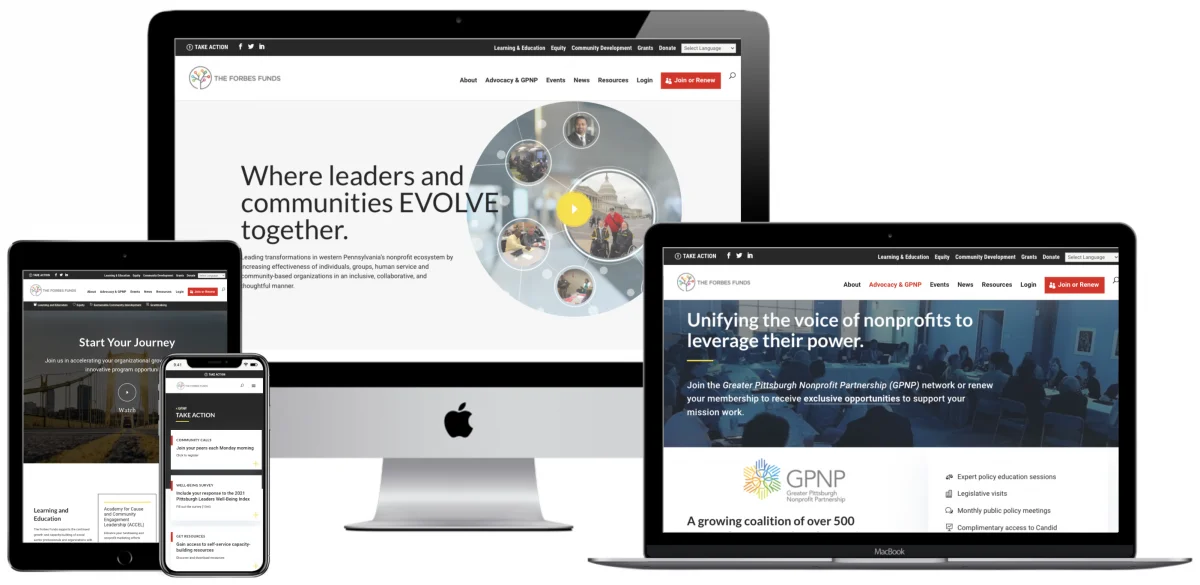Thanksgiving week is now underway, and that means you’ve probably been hearing about all of the Black Friday deals that will be happening. If you work in social impact, however, you’re probably more concerned with a different day- #GivingTuesday.
#GivingTuesday, launched in 2012, is a global day of giving that is celebrated every year on the Tuesday following Thanksgiving. The purpose of #GivingTuesday is to harness the power of social media to celebrate and support philanthropy, and it encourages the average person to get involved in donating time, resources, and talents to good causes. Last year, #GivingTuesday hit a new record, resulting in $274 million raised from over 2.5 million contributions- a 55% increase from 2016.
#GivingTuesday ushers in what can be considered “giving season”, which is the period of time between the holidays. In fact, nearly 30% of charitable giving happens in December. Participating in #GivingTuesday is certainly a good way for mission-driven organizations to drive up engagement and donations. Still, there are some people out there who feel that #GivingTuesday is overhyped.
The Case Against #GivingTuesday
While #GivingTuesday has demonstrated increased success every year since its conception, there are still some critics of the movement. Some people lament the fact that Giving Tuesday falls at the end of the year, at a time when people are much more likely to donate, and say that what mission-driven organizations really need is a day earlier in the year when charitable giving is more likely to be stagnant.
Others have stated that the popularity of #GivingTuesday makes it hard for any one organization to stand out from the crowd. Spending time and money on a #GivingTuesday, they say, can be a waste, as the message is likely to get crowded out by all the other #GivingTuesday posts populating any given person’s timeline.
Furthermore, some express that while the overall amount of money raised on #GivingTuesday may seem like a lot, when spread out among all the various organizations, it may not really amount to much. For that reason, they say, organizations should be wary of spending too much time and money on a campaign that might not yield as much results as other efforts, such as engaging with current and/or regular donors.
#GivingTuesday Should Not Exist in a Vacuum
While the critics of #GivingTuesday make some valid points, these points only really stand if organizations are celebrating and promoting #GivingTuesday in a vacuum. Sure, if an organization expends a lot of resources to plan and execute a #GivingTuesday campaign that ends up not yielding good results, it can be disappointing. But the reality is that organizations should not be viewing #GivingTuesday as a one-off effort, even though the movement itself is centered on a specific date.
Each organization should assess the extent to which it can dedicate resources to a #GivingTuesday campaign, and how the organization could benefit from the spike in donations. For some organizations, it may simply be enough to jump onto the #GivingTuesday hashtag to promote an already running campaign or appeal for donors, and enjoy the increased recognition that the hashtag provides on that day. For others, it may make sense to dedicate more time developing a comprehensive campaign that aims to raise money for a specific initiative.
Each organization should take steps to ensure that the spirit of #GivingTuesday continues to benefit the organization even when the day has ended. Participating in #GivingTuesday might bring new donors into the fold, or encourage existing donors to give more. Perhaps one of the best ways of doing this is through optimizing the website for a better user experience.
Social media posts are great, especially when they get increased engagement, but they ultimately serve the purpose of getting users to click through to the organization’s website, and if the website is not up to par, then organizations are not going to get the most out of more than just your #GivingTuesday efforts. Thus, organizations should take the time to ensure that the website features a cohesive brand, impactful storytelling, and a clear call-to-action. In addition, the website should be optimized for mobile browsing.
Over the next few weeks, we will be releasing blog posts that discuss the importance of website optimization for mission-driven organizations, so stay tuned to learn more about how a good website experience can lead your organization to enjoy #GivingTuesday levels of engagement and donations throughout the year.

